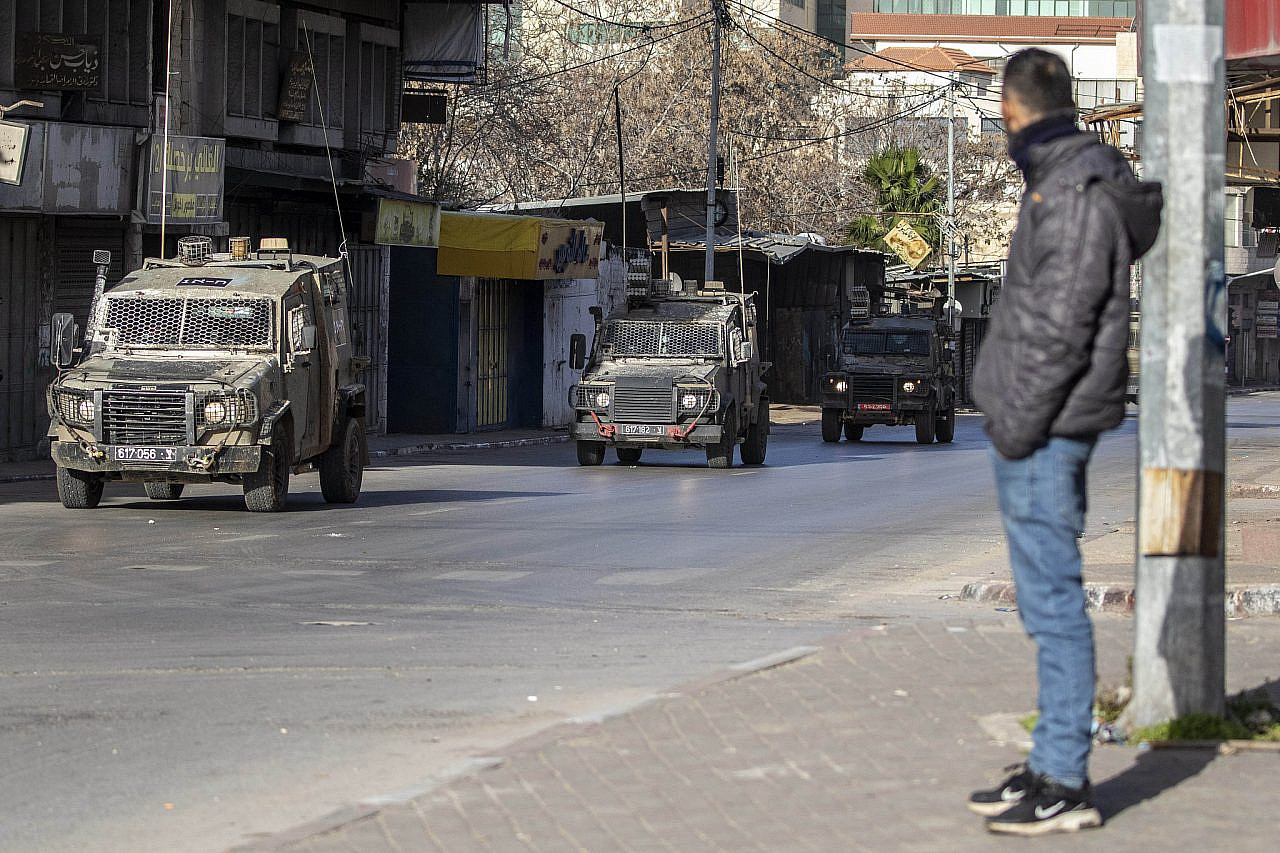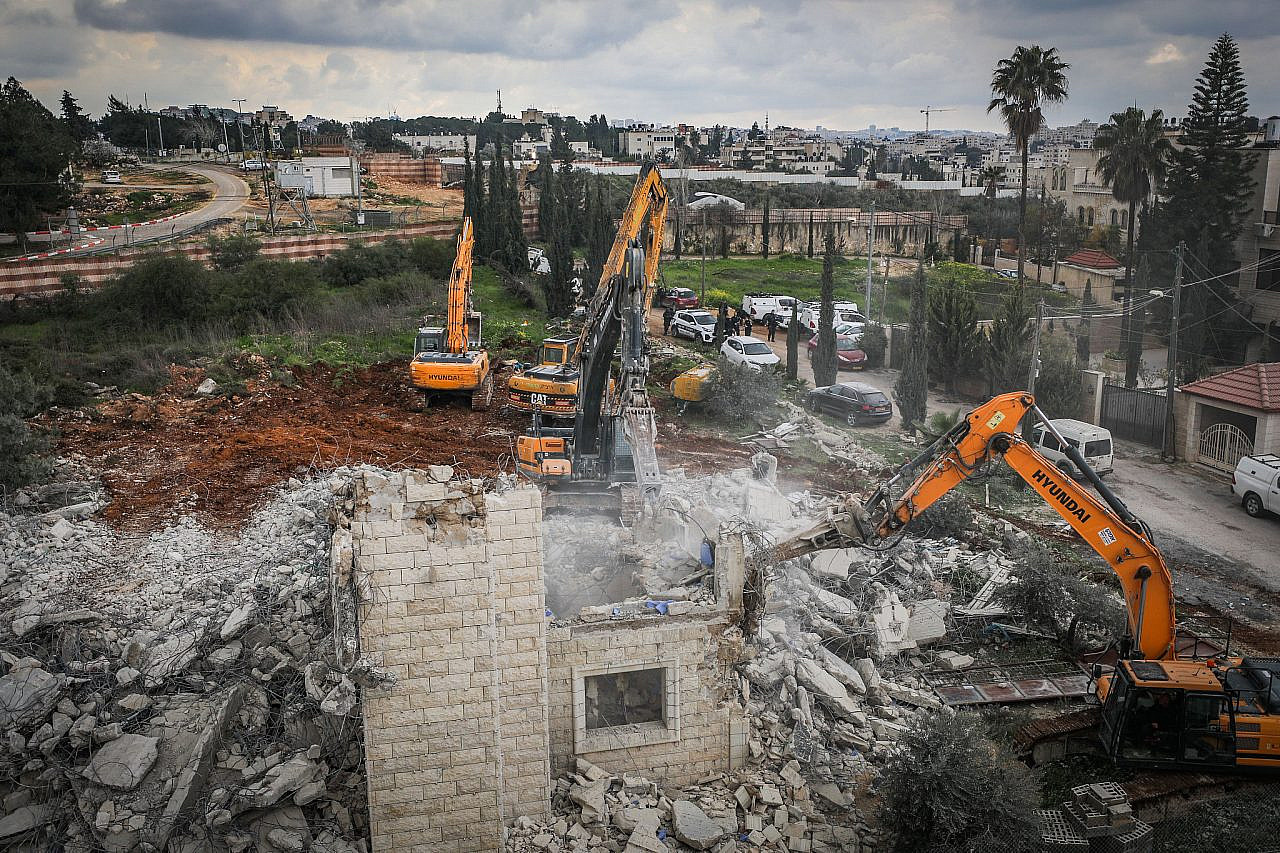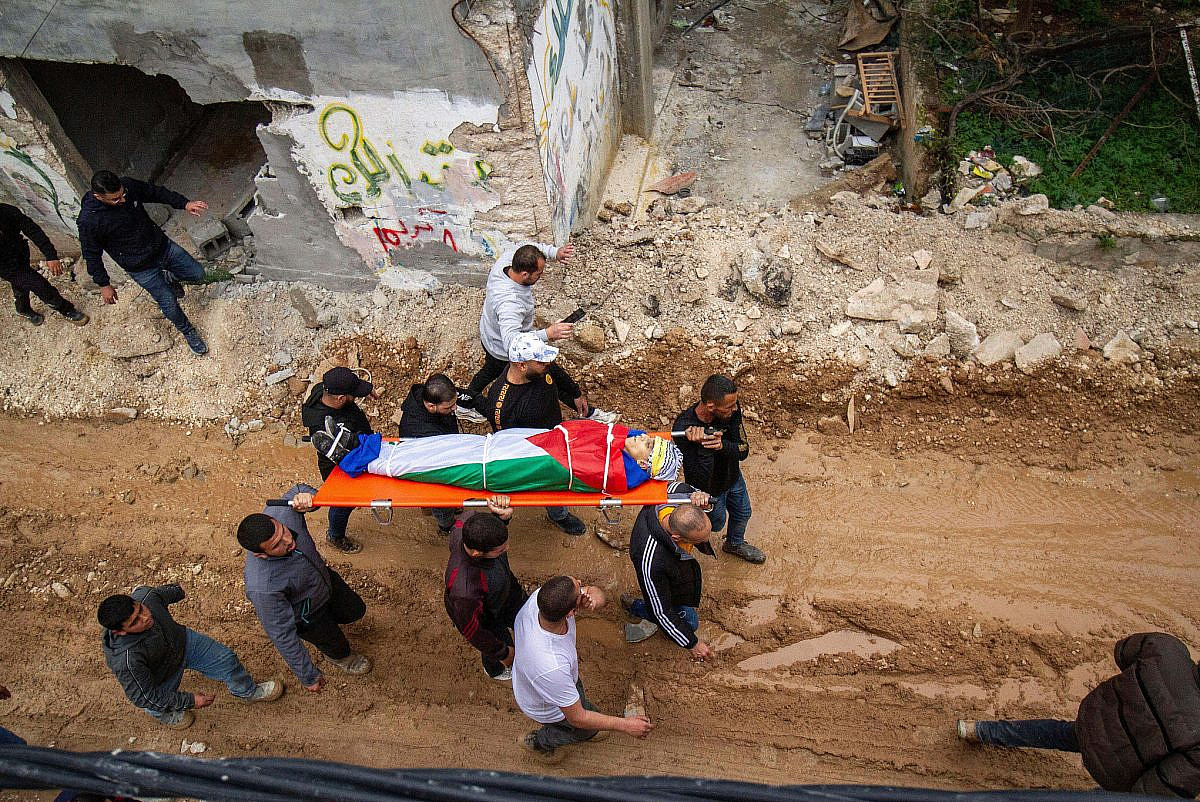This article was first published in “The Landline,” +972’s weekly newsletter.
In an interview about Israel’s economy with business newspaper “The Marker” in 2012, Benjamin Netanyahu boasted, in what has since become a kind of idiomatic phrase, that “if you leave out the Arabs and the ultra-Orthodox, [Israel is] in great shape.” Today, the prime minister seems to be refining that tagline even further: if you leave out all the people entirely, we’re in golden shape.
It’s not just Netanyahu who believes this. Since the October 7 attack and the ensuing war of annihilation waged on Gaza, the Israeli right has been euphoric. The Iranian missile attack two weeks ago further succeeded in diverting our gaze from Gaza, restraining international criticism of Israel’s crimes, and even earning the state renewed sympathy.
For a moment, Israelis could once again look into the mirror and pretend to see the reflection of a beloved victim, instead of an unruly, vengeful, and deadly bully. Yet the catastrophe Israel is inflicting on Gaza has not disappeared, and an invasion of the city of Rafah, if carried out, would likely bring the scenes of Gaza’s apocalypse back to the front pages.
And when global attention does return, it is crucial not to fall for the false belief, like that espoused by the prime minister a decade ago, that Gaza exists in some parallel universe, with its destruction taking place in a vacuum. Rather, the assault on the Strip is an integral part of the organizational logic of Israel’s apartheid regime between the river and the sea — a regime that many Israelis hope will continue to be in “great shape” after the war is over.

The categorization of Palestinians into separate classes — citizens inside Israel, permanent residents of East Jerusalem, occupied subjects in the West Bank, prisoners in the Gaza ghetto, and refugees in exile — is at the heart of Israel’s policy of divide and conquer. It effectively negates the existence of the Palestinians as a single and organic people, while keeping them all under the rule of Jewish supremacy.
While Israelis may regard these categories as unrelated entities, this manipulation has never taken hold among Palestinians themselves, whose national identity does not recognize these artificial borders, even as those borders force upon them different rights and experiences. As such, the disaster in Gaza is not seen in Jaffa, Nablus, or Shu’afat refugee camp as an external event, but rather as a direct and intimate injury to a limb of the Palestinian body politic. The inverse is also true: the realities in Jenin refugee camp, East Jerusalem, and Umm al-Fahem cannot be understood independently of what is happening in Gaza.
Since October 7, Israel has been waging an all-out war not only against the residents of Gaza, but against the entire Palestinian people. True, in Gaza, this war is being waged with such unprecedented cruelty as to be called a genocide. But if we see the Israeli regime as a hand with five fingers, each gripping a different part of the Palestinian people, it becomes clear how this hand has clenched into a single iron fist.
While Israel is pummeling the Strip to dust, it has accelerated ethnic cleansing in the West Bank to a frightening degree through the systematic violence of its uniformed soldiers and its unofficial fighters, the settlers. Recent pogroms in villages like Duma and Khirbet al-Tawil are not aberrations; while all eyes are on Gaza, Palestinians in the West Bank are being subjected to blockades, checkpoints, and severe restrictions on movement. Entire communities are being expelled through settler terror, which, with the army’s backing, is being unleashed with no government restraint. Indeed, Israel is jumping at the opportunity to dramatically change the demographic reality in the West Bank. This, too, is an integral part of the war on Gaza.

In occupied East Jerusalem, meanwhile, Israel has advanced plans to build some 7,000 housing units in existing or future settlements in the city, while the municipality has in tandem accelerated the pace of demolitions of Palestinian homes. Checkpoints, which strangled the city’s Palestinian neighborhoods beyond the separation wall, have tightened their chokehold. So too has the violent policing of the city’s Palestinian residents, hundreds of whom have been arrested since October, some of them women and children. Dozens of others have faced administrative detention, and many more have been issued restraining orders from the Temple Mount/Haram al-Sharif, the Old City, or Jerusalem entirely.
Palestinian citizens inside Israel are also facing an extreme escalation in oppressive policies. Israel’s hasbara (propaganda) machine often points to these citizens as proof that there cannot possibly be an apartheid regime here, saying that “Israeli Arabs” have equal rights and can vote for and be elected to parliament. Aside from decades of discrimination in law and practice, since October 7, Palestinian citizens have also enjoyed: mass arrests of anyone expressing any solidarity with their people in Gaza; the detention of political leaders for organizing a protest against the war; persecution of students and faculty at universities; harassment of doctors, nurses, and other workers in the healthcare system; and even administrative detention.
Most read on +972
Given all this, now, more than ever, it is crucial not to fall into the trap set by Israel’s policy of divide and conquer. We must see this war in its entirety, and in every territory between the river and the sea, for all of them are defined by apartheid. If the focus continues to be on finding fragmented solutions for each of the categories Israel has created for the Palestinians — instead of focusing on the single regime that targets them all as enemies — a return to bloodshed and death will only be a matter of time.






